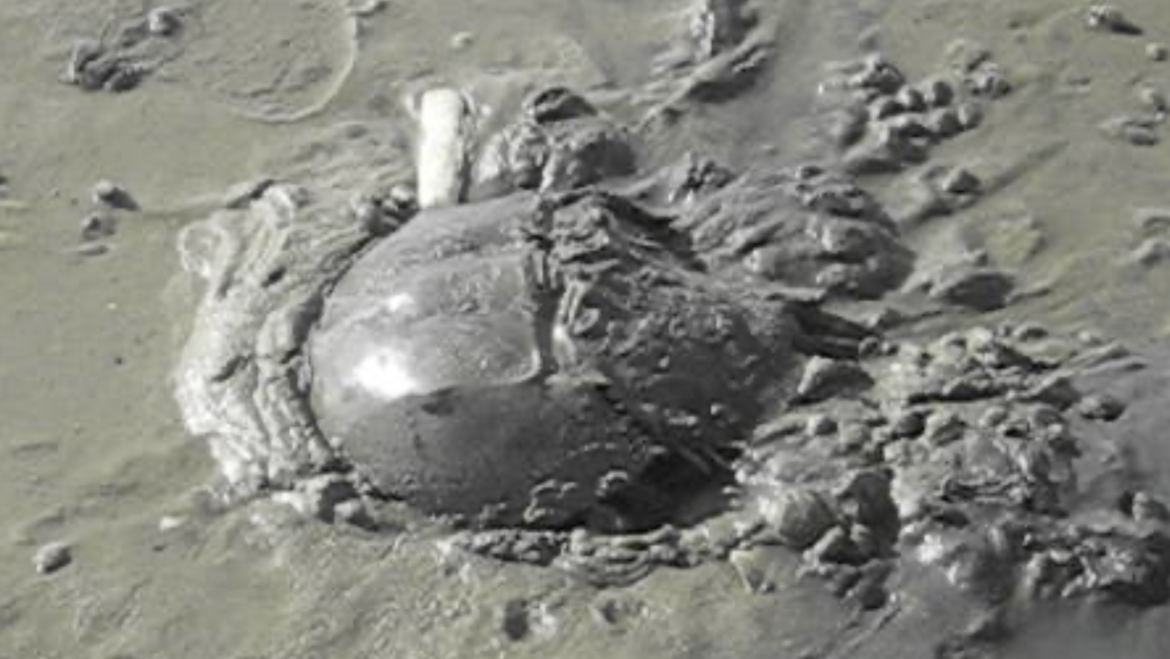Anyone who has come to one of my appearances has probably heard me talk about the horseshoe crab’s valuable contribution to the biomedical field. You can thank the horseshoe crab for keeping you or a family member who has recently had a knee or hip replacement, or many other forms of replacement surgeries, infection free. The horseshoe crab’s unusual blue blood, which is copper based, (unlike our red blood that’s iron based) has an important characteristic. It’s a crucial component in creating the LAL test (Limulus amebocyte lysate). Before a part is surgically placed into a human body, it is first tested with the LAL compound. If that compound clots when it makes contact with the replacement part, that means there is gram negative bacteria present on its surface, which would cause an infection if implanted into a human body. That part would need to be further cleaned, to ensure a successful, infection-free operation.
Now, with the medical community working on the development of a COVID-19 vaccine at fever pitch, they have once again enlisted the help of the horseshoe crab’s rare and valuable blood. Their blood is being used as a purity test for any vaccines in the developmental stage.
But for several years, the biomedical community has been studying horseshoe crab blood in order to develop a synthetic, man-made blood, with all of the infection-detecting blood characteristics of the real thing. This rFC compound was “created by inserting horseshoe crab genes into lab-grown microorganisms,” according to Alex Fox of Smithsonian Magazine. Even though this rFC compound has been found to be just as effective as the LAL compound in rooting out infectious bacteria, the medical communities, in their rush to find a vaccine, are insisting on using the LAL test, which uses real horseshoe crab blood instead.
With the horseshoe crab being such an important resource to the biomedical community, and the mortality rate of fifty thousand crabs dying while their blood is being harvested, which is 10-15 percent of the harvested crabs, it is amazing that eel and conch fishermen are still using the horseshoe crab as bait. When I wrote The Bumpy, Lumpy Horseshoe Crab in 2013, the horseshoe crab was very close to being placed on the endangered list. Through education and making the public aware of the plight of the horseshoe crab, the horseshoe crab population has managed to rebound to some extent. I’m hoping that the value of the horseshoe crab is further realized with their participation in COVID-19 vaccine studies, and that we further protect this unique creature that lives at our shores.
To read more, there is a great article by Alex Fox in Smithsonian Magazine. Click here to read more.


Add Comment